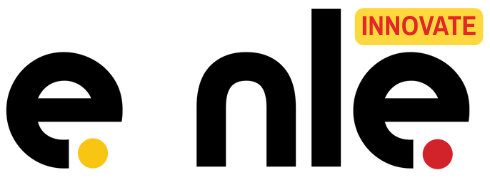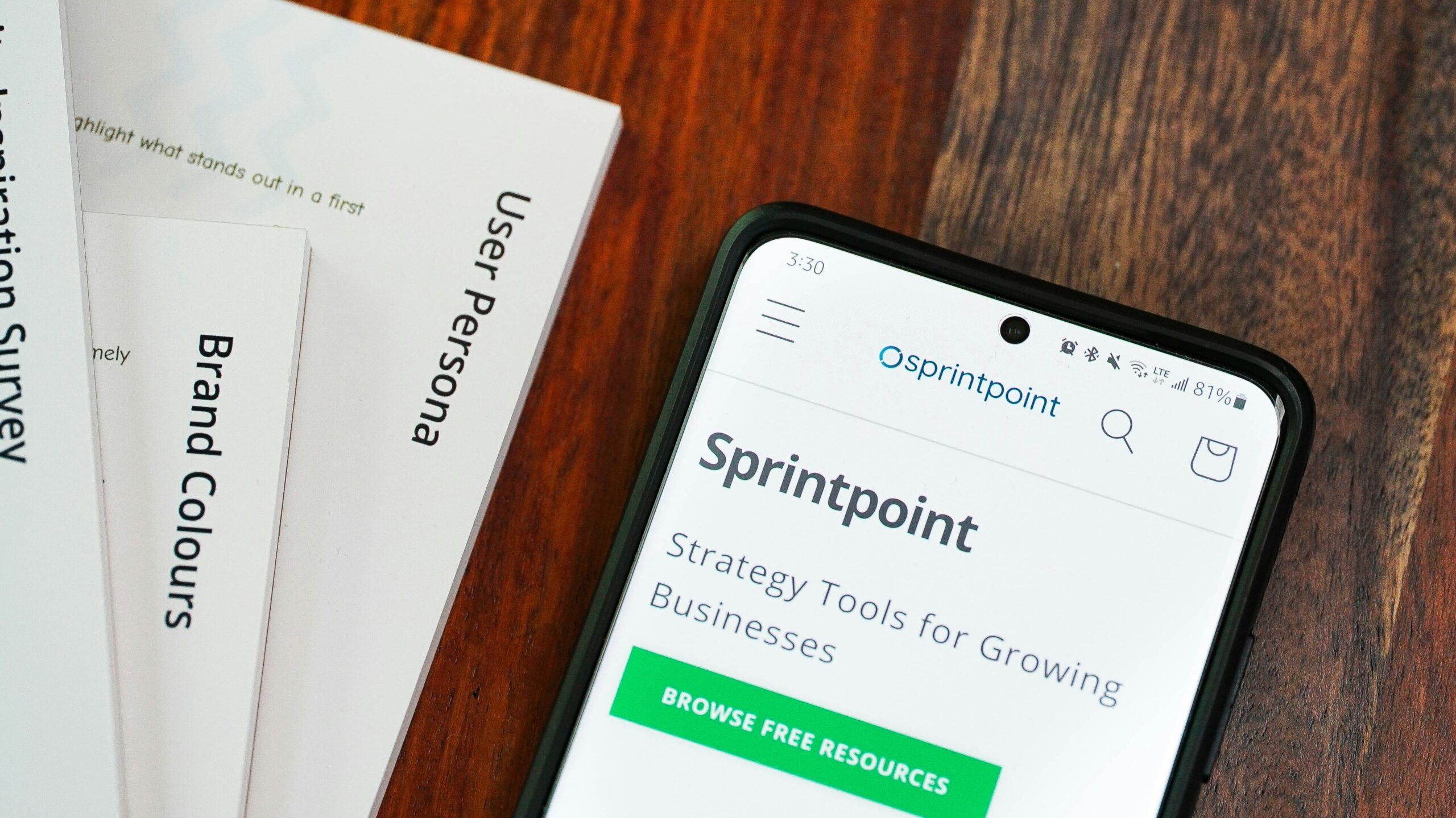Day 1: Clarify the Problem and Set Clear Goals
Before you build anything, you need to know why you’re building.
Day 1 is all about getting aligned — defining the core problem and agreeing on what success looks like. Without this clarity, your sprint risks veering off course.
Start by talking to the right people. Stakeholder interviews offer different perspectives that help uncover hidden assumptions or pain points. At the same time, review existing research or data to avoid reinventing the wheel. What’s already been tried? What failed — and why?
Then bring the team together for a collaborative brainstorm. The goal isn’t to solve anything yet — it’s to map the space and agree on a focused, realistic objective. This shared clarity becomes your compass for the days ahead.
Day 2: Ideate and Narrow Down Your Best Ideas
With your challenge clearly defined, Day 2 is about generating — and shaping — ideas.
Start wide. Use tools like mind mapping or silent brainstorming to surface lots of ideas. Role-play different users or stakeholders. Explore the “what ifs” without judgment.
Then, narrow it down. Use dot voting or an impact/effort matrix to identify the most promising directions. You’re not picking the answer yet — just the ones worth prototyping.
Sketch out the strongest ideas so they’re easy to understand. A rough user journey, a simple diagram, even a few sticky notes can bring an idea to life. The goal is to prep for hands-on prototyping the next day.
Day 3: Build Fast, Learn Fast
Now it’s time to bring your ideas to life — at least in rough form.
Prototypes don’t need to be perfect. A simple sketch, clickable wireframe, or mocked-up webpage can be enough to test the core idea. Choose a fidelity level that matches what you need to learn.
Use this day to test, tweak, and test again. Quick feedback loops — from teammates or potential users — help you spot gaps early. Don’t get stuck polishing. The goal isn’t a finished product — it’s something real enough to test on Day 4.
Day 4: Put It in Front of Real People
This is where the magic happens — testing your prototype with actual users.
Invite a few people who represent your target audience. Set up short, focused sessions where you ask open-ended questions and observe how they interact with your prototype. Encourage honest reactions — even the awkward moments reveal something useful.
After each session, debrief with the team. What worked? What felt confusing? Look for patterns and surprises. Document key takeaways to guide next steps.
You don’t need to fix everything today. The point is to learn fast, validate your direction, and decide what’s worth refining or discarding.
In conclusion, innovation sprints compress weeks of work into a few focused days — but only when every day has a purpose. By aligning early, ideating openly, building quickly, and testing honestly, your team can move from ambiguity to clarity — and from ideas to impact.







Leave a Reply